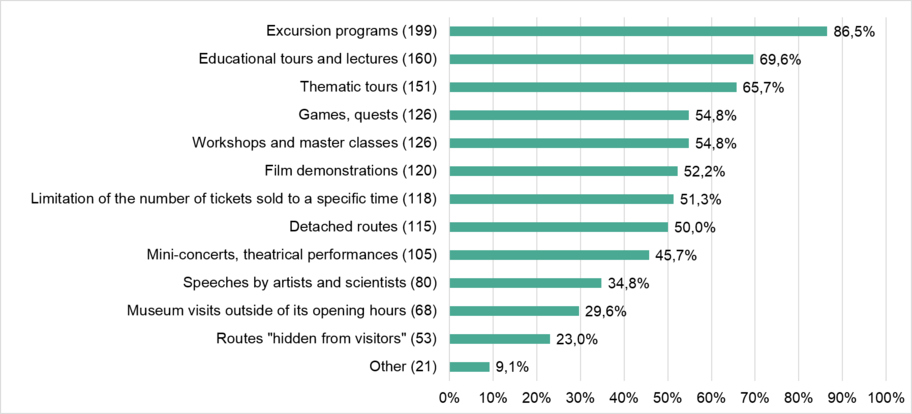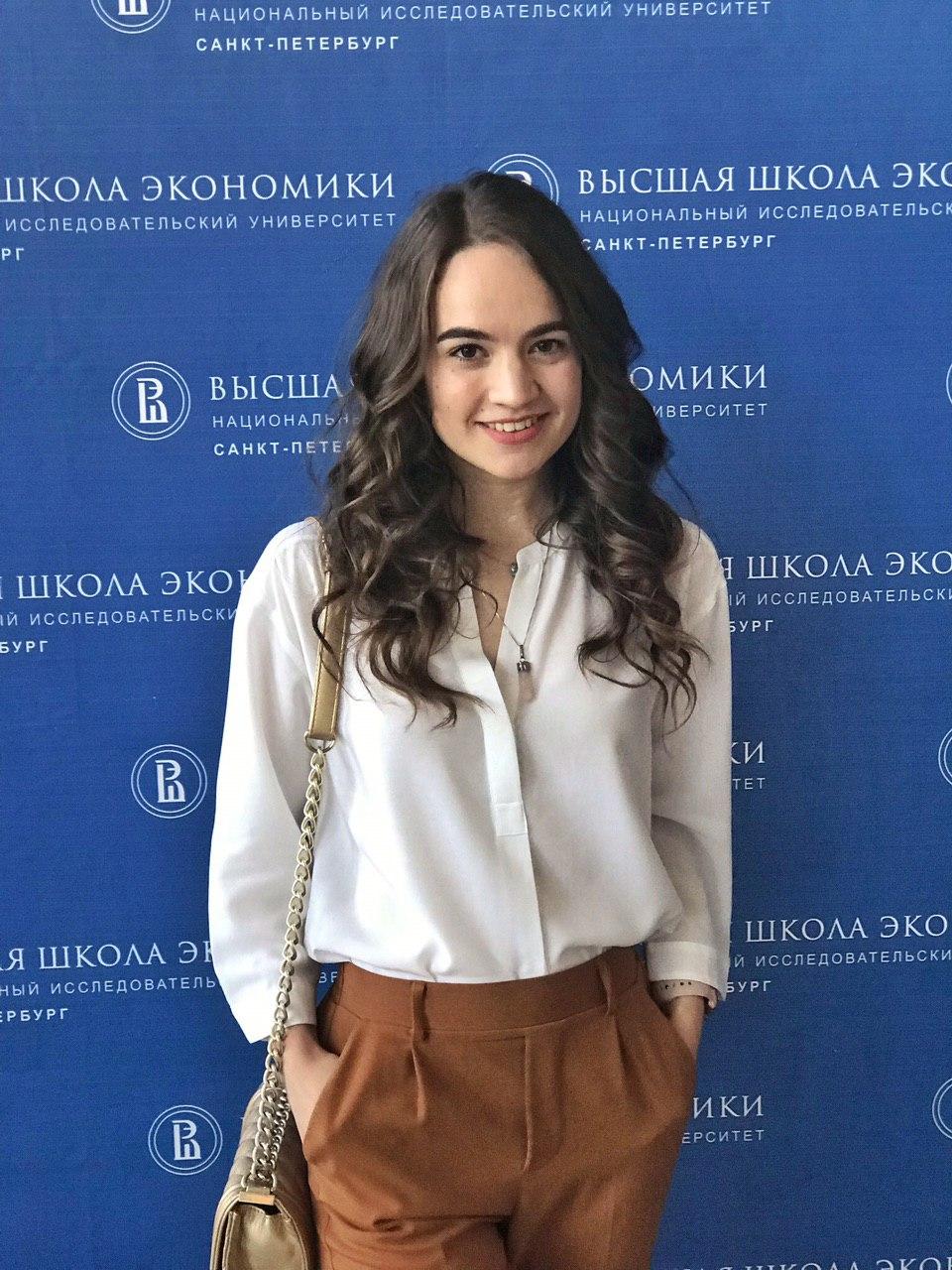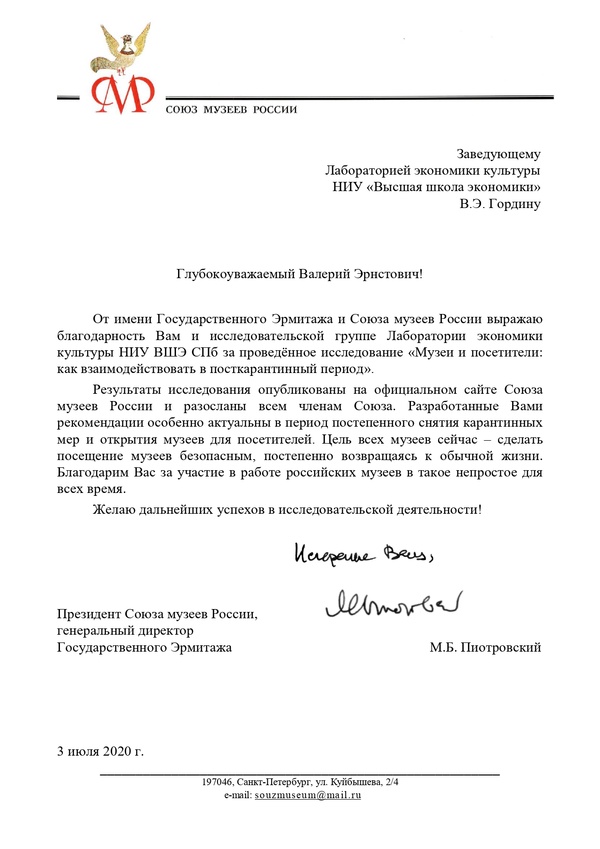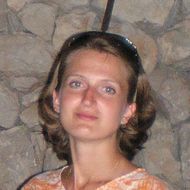Museums and visitors: new formats of interaction in the post-lockdown period
Today, Russian museums are forced to resolve issues that have arisen due to the problems caused by restrictive measures in connection with the COVID-19 epidemic, including planning how the work will proceed in the new conditions. At the same time, the sharply reduced revenues of museums in recent months make it necessary to search for additional sources of extra-budgetary income, which would at least partially compensate for the losses from the decrease in cash flow from ticket sales.
In response to these problems, the staff of the Laboratory of Economics of Cultural (LEС) of St. Petersburg branch of the National Research University Higher School of Economics conducted a study aimed at a new understanding of interaction with the museum audience in the context of restrictive measures.
On June 1-9, 2020, the Laboratory, together with the Union of Russian Museums, conducted a survey of museums - members of the Union - in order to determine the most acceptable formats for museums to work with visitors during the period of emerging from lockdown restrictions and to determine the willingness of museums to implement them.
-
230 museums took part in the survey. The survey found that:
Despite the restrictions, excursion programs remain the most common format of work. The museums plan to make extensive use of educational and thematic tours in their work.
More than half of the museums plan to implement such innovative formats as games, quests, workshops and master classes into their practice.
Most museums are ready to limit the number of tickets sold for a specific day or hour, but are not ready to extend opening hours and provide an opportunity to visit the museum outside the established ones.
Distribution of preferred formats of interaction with museum visitors in the post-lockdown period

Museums are ready to diversify the formats of their work with visitors in the post-lockdown period, to actively seek new options for working with visitors, taking into account epidemiological requirements, but there are significant differences in the acceptability of certain formats of work depending on infrastructure and staffing constraints.
According to the authors of the study, the formulated recommendations will become increasingly relevant and significant in the transition from one stage of lifting restrictive measures to another, and may also be useful to museums trying to overcome the negative consequences of lockdown measures.
The research results are presented in the analytical note:
Authors of the study
Laboratory Head
Research Fellow

Research Assistant

Student of the MP "Cultural and event tourism management"

Have you spotted a typo?
Highlight it, click Ctrl+Enter and send us a message. Thank you for your help!
To be used only for spelling or punctuation mistakes.

